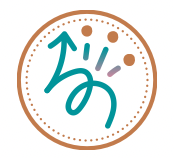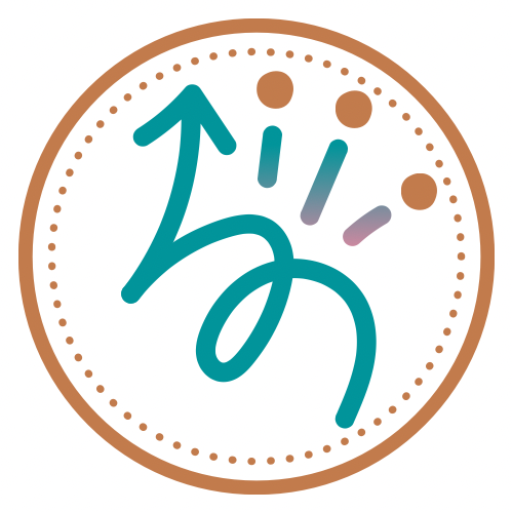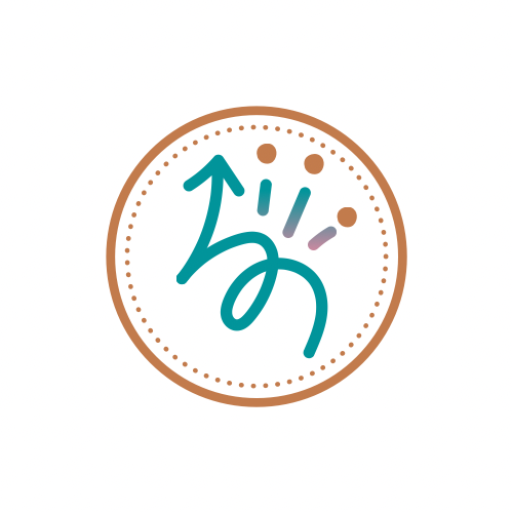Upper Body and Core Strength
This article discusses upper body and core strength as it relates to occupational therapy, its importance, and exercises that specifically work on the upper body and core strength including functional, occupation-based exercises.

This content is not intended as a substitute for medical advice, diagnosis, or treatment. Always seek the advice of your physician, therapist, or other medical professional regarding a medical condition or treatment. This content is intended for informational purposes only. See full disclosure here.
All links are non-affiliate links, and are provided for your convenience.
What Is Core and Upper Body Strength In Occupational Therapy?
Core strength refers to the strength of the underlying muscles in the torso. These muscles help maintain our posture, stability and balance. While upper body strength refers to the development and use of the muscles of the shoulder, arms, and upper back. All of these muscles work together to form a strong shoulder joint which is important to further develop good control and fine motor skills in the arm and hands.
As infants, we develop upper body and core strength by exploring our environments through tummy time, learning to roll over, and crawl. Toddlers and children get exercise through play and their daily occupations such as dressing themselves and school-time, playing sports and other outdoor games, and exploring their environments both indoors and outside.
Below we will discuss why upper body and core strengthening is important in occupational therapy, exercises to specifically strengthen these areas. For specifically, exercises include both exercise-based as well as functional, occupation-based activities that address upper body and core strength, and how occupational therapy can help.
Why Is Core and Upper Body Strength Important?
Upper body and core strength is important for carrying out daily activities, navigating the community, work, and for participation in hobbies. Limited upper body and core strength can not only impact participation in daily skills, but it can also impact fine motor skills as well. Upper body and core strength is an important aspect in daily life for carrying out meaningful daily occupations such as self care tasks, work tasks, and participation in meaningful hobbies.
If you are experiencing differences in upper body, core, and hand strength, dexterity, and/or fine motor skills, it is important to discuss any concerns with your physician and occupational therapist.

Occupational Therapy: Core and Upper Body Strength
Occupational therapists (OTs) can help individuals across the lifespan develop and build core and upper body strength. Therapists will assess and evaluate core and upper body strength through the use of assessments, manual muscle testing as well address range of motion in the upper limbs. Occupational therapists will also discuss and/or observe daily tasks and how upper body and core strength may be impacting these day to day tasks. Based on an individuals needs, specific exercises will be provided as a home exercise program and during therapy sessions to address upper body strength.
Below is a list of upper body and core strengthening exercises both exercise-based as well as functional, occupation-based exercises. Functional exercises are tasks that serve as exercises that can be easily intertwined in day to day tasks such as carrying in groceries from the car which can not only help develop upper body strength, but also address hand and core strength as well. Furthermore, something as simple as tossing a ball can help develop muscle strength, endurance, range of motion, grasp strength, and eye-hand coordination. It’s important to work on upper body and core strength when also implementing a fine motor program as core and upper body strength are the foundation of good fine motor skills.






Upper Body Strengthening Exercises
Please note, all exercises should be based on your specific needs, as well as the weight applied. It’s important to note that these exercises are a general list and are not specific to your case. Discuss with your physician and/or personal occupational therapist before starting any exercise program and discuss which exercises will be most beneficial for you.
Exercise-Based Upper Body Strengthening Exercises
- Push ups
- Wall push ups
- Sit ups and/or crunches
- Glute bridges- while lying on your back with knees bent, raise your hips of the ground making a bridge. Hold, release, and repeat.
- Bicycle crunches- while lying on your back bring each leg up to chest one at a time as if riding a bike.
- Pull ups
- Superman- while lying on your stomach with arms and legs stretched out, lift both the arms and legs of the floor and hold. Release and try again.
- Thera-band exercises
- Hang from a pull up bar (time yourself and try to improve your time)
- Use wrist weights to perform tasks and various exercises around the home
- Practice bicep curls, triceps extensions, shoulder extension, front raises, etc., using a hand weights, a soup can or other appropriate weight for you.
- With arms extended out to the side, move your arms in small and large circles. Switch direction.
- Practice rolling your shoulders in full circles. Switch direction.
- Maintain the quadruped position on all fours. Try timing yourself.
Functional Upper Body Strengthening Activities
- Carry a stack of books
- Carry groceries in from the car
- Use reusable bags to add more weight
- Help put away groceries
- While watching your favorite TV show, lie on your stomach with your head propped on your elbows. Maintain this position with the shoulders activated without letting your shoulders cave in, as tolerated.
- Go for a bike ride or hike with a friend
- While reading a book or magazine, lie on your belly propping yourself up on your elbows with stable shoulders and a strong back maintaining your position, as tolerated.
- Carry a laundry basket across the room
- Write or draw on a vertical surface using a large piece of paper taped to the wall
- Play tug-of-war from a standing or a seated position on the floor
- For kids, do animals crawls such a the crab walk, slither like a snake, or bear walk
- Vacuum and mop
- When taking a bath, smear shaving cream on the bathtub wall. Write letters, draw pictures, or as in Karate Kid said “wax on, wax off.” When finished, rinse off using the shower head for easy clean up.
- Snip old fabric using scissors then rip apart making strips using both hands
- Organize cabinets, closets, and bookshelves
- Wash and vacuum the car
- Play volleyball using a balloon
- Rake leaves
- Participate in meal prep such as mixing a bowl of dough, stirring soup, and peeling and cutting vegetables.
- Wipe down countertops
- Play catch with a ball or balloon
- Load and empty the dishwasher putting away the dishes.
- Wash dishes by hand

Seated Upper Body Strengthening Exercises
Exercise-Based Seated Exercises
- With a medium sized ball between your hands, move it from side to side, up and down over your head, and around in circles. A balloon can also be used for this.
- Participate in thera-band exercises
- Do chair pushups. From the seated position, place both hands on the side of your chair in a comfortable position next to the hips. Push your seat up by straightening both arms. Hold and release as tolerated.
- Participate in arm diagonals. With arms out front, move arms into a diagonal stretching the right arm to the upper right corner and the left arm to the lower left corner. Switch and repeat.
- Make an X. With arms out front, move both arms to an extended position above your head with both arms reaching for each corner. Move back to the middle front position, then extend both arms down toward your sides. Repeat.
Check out these last two exercises plus additional seated exercises here.
Here are some do-it-yourself projects you might like:
I will be adding additional fine motor and upper body exercises in the near future. Make sure to check back soon for additional resources.
Resources
Seated Exercises
- Shirley Ryan Ability Lab upper extremity exercise program from a seated position with pictures.
- Aurora BayCare Medical Center upper extremity exercise program using thera-band from a seated position with pictures
- Michigan Medicine University of Michigan upper body thera-band exercises from a seated position with pictures
Functional, Occupation-Based Activities
- The Note Ninjas Functional Upper Body Strengthening Activities





